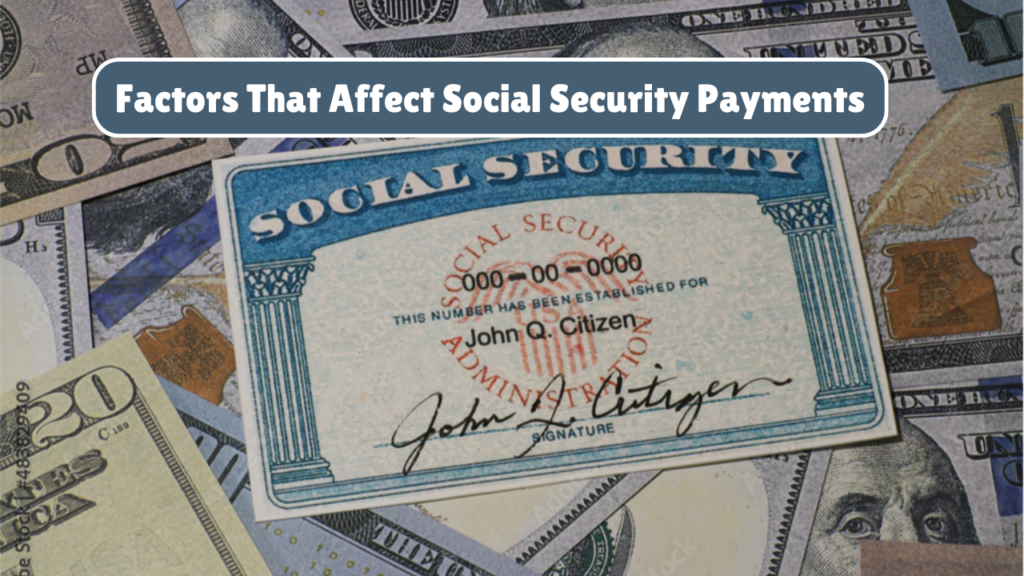Introduction
Social Security is a vital source of income for millions of Americans, especially retirees, disabled individuals, and survivors. The Social Security Administration (SSA) issues monthly payments to eligible beneficiaries, and the government has recently proposed a $495 Social Security payment. Understanding the details of this proposal, including eligibility, distribution schedule, and factors affecting the amount, is crucial for those who rely on Social Security.
This article explores the specifics of the proposed $495 Social Security payment, the impact of cost-of-living adjustments (COLA), how to determine eligibility, and ways to maximize benefits.
Understanding Social Security Payments
Social Security benefits are designed to provide financial assistance to retirees, disabled workers, and survivors of deceased workers. These payments are funded through payroll taxes under the Federal Insurance Contributions Act (FICA) and are managed by the SSA.

How Social Security Benefits Are Calculated
The SSA calculates Social Security benefits based on a person’s 35 highest-earning years, adjusted for inflation. The following factors determine the final monthly benefit:
- Average Indexed Monthly Earnings (AIME): This figure represents the average earnings throughout a beneficiary’s working years.
- Primary Insurance Amount (PIA): The base amount an individual receives at full retirement age (FRA).
- Cost-of-Living Adjustments (COLA): Adjustments made annually to counteract inflation.
- Early or Delayed Retirement: Retiring before or after the full retirement age affects the benefit amount.
Why the Government Proposed the $495 Social Security Payment
The government’s proposal for a $495 Social Security payment aims to provide additional financial assistance to beneficiaries. Here’s a breakdown of why this proposal is being considered:
1. Cost-of-Living Adjustment (COLA) Impact
COLA adjustments are designed to help Social Security benefits keep pace with inflation. The proposed $495 payment is an effort to provide further financial support to beneficiaries affected by rising living costs.
2. Earnings History and Work Credits
Individuals who have consistently earned a lower income may benefit more from this proposal. The $495 payment could serve as an additional financial buffer for those on fixed incomes.
3. Economic Stimulus and Support
The proposal is part of a broader effort to support retirees and Social Security beneficiaries who face financial challenges due to inflation and economic conditions.
Social Security Payment Schedule for This Month
The SSA distributes payments based on the beneficiary’s birth date. Here’s a schedule for this month:
| Birth Date Range | Payment Date |
|---|---|
| 1st – 10th | Second Wednesday of the month |
| 11th – 20th | Third Wednesday of the month |
| 21st – 31st | Fourth Wednesday of the month |
Those who receive Supplemental Security Income (SSI) typically get their payments on the first of the month.

Factors That Affect Social Security Payments
Several factors influence the amount beneficiaries receive each month, including:
1. Filing Age
- Claiming Social Security at 62 results in reduced benefits.
- Waiting until full retirement age (66 or 67, depending on birth year) ensures full benefits.
- Delaying benefits until 70 results in the highest monthly payments.
2. Earnings Record
- Higher lifetime earnings lead to higher benefits.
- Earnings caps may apply, limiting benefits for high-income earners.
3. Spousal and Survivor Benefits
- Spouses can receive up to 50% of a worker’s benefits if they meet eligibility requirements.
- Survivors can claim benefits based on a deceased spouse’s work history.
4. Taxes and Deductions
- Social Security benefits may be subject to federal income tax.
- Medicare premiums deducted from Social Security checks can impact net payments.
How to Maximize Social Security Benefits
To get the most out of Social Security benefits, consider the following strategies:
- Delay Claiming Benefits – If possible, delay benefits past full retirement age to increase monthly payments.
- Optimize Spousal Benefits – Spouses can maximize combined benefits by strategizing when to claim.
- Monitor Earnings – Ensuring an accurate earnings record can prevent errors in benefit calculations.
- Consider Part-Time Work – Working after claiming Social Security can boost benefits, but be mindful of income limits.
- Understand Tax Implications – Planning for Social Security taxation can help retain more benefits.
Conclusion
The government’s proposal for a $495 Social Security payment is aimed at providing additional financial relief to beneficiaries. Understanding how benefits are calculated, when payments are issued, and how to maximize them can help individuals make informed financial decisions.
As cost-of-living adjustments and work history significantly influence benefit amounts, staying informed about Social Security policies is crucial. By strategically planning when to claim benefits and being aware of factors affecting payments, beneficiaries can secure greater financial stability in retirement.
FAQs
1. Who qualifies for the proposed $495 Social Security payment?
The payment is proposed to benefit Social Security recipients, particularly those on fixed incomes and lower earnings history.
2. When will the proposed Social Security payment be issued?
If approved, the payment would be issued based on the regular Social Security payment schedule.
3. How does the COLA increase affect my Social Security payments?
The COLA adjustment helps Social Security benefits keep pace with inflation, potentially increasing monthly payments.
4. Can I receive Social Security benefits while still working?
Yes, but if you have not reached full retirement age, earning above a certain limit may temporarily reduce your benefits.
5. Are Social Security payments taxable?
Yes, Social Security benefits may be subject to federal and, in some cases, state income taxes, depending on your total income level.















